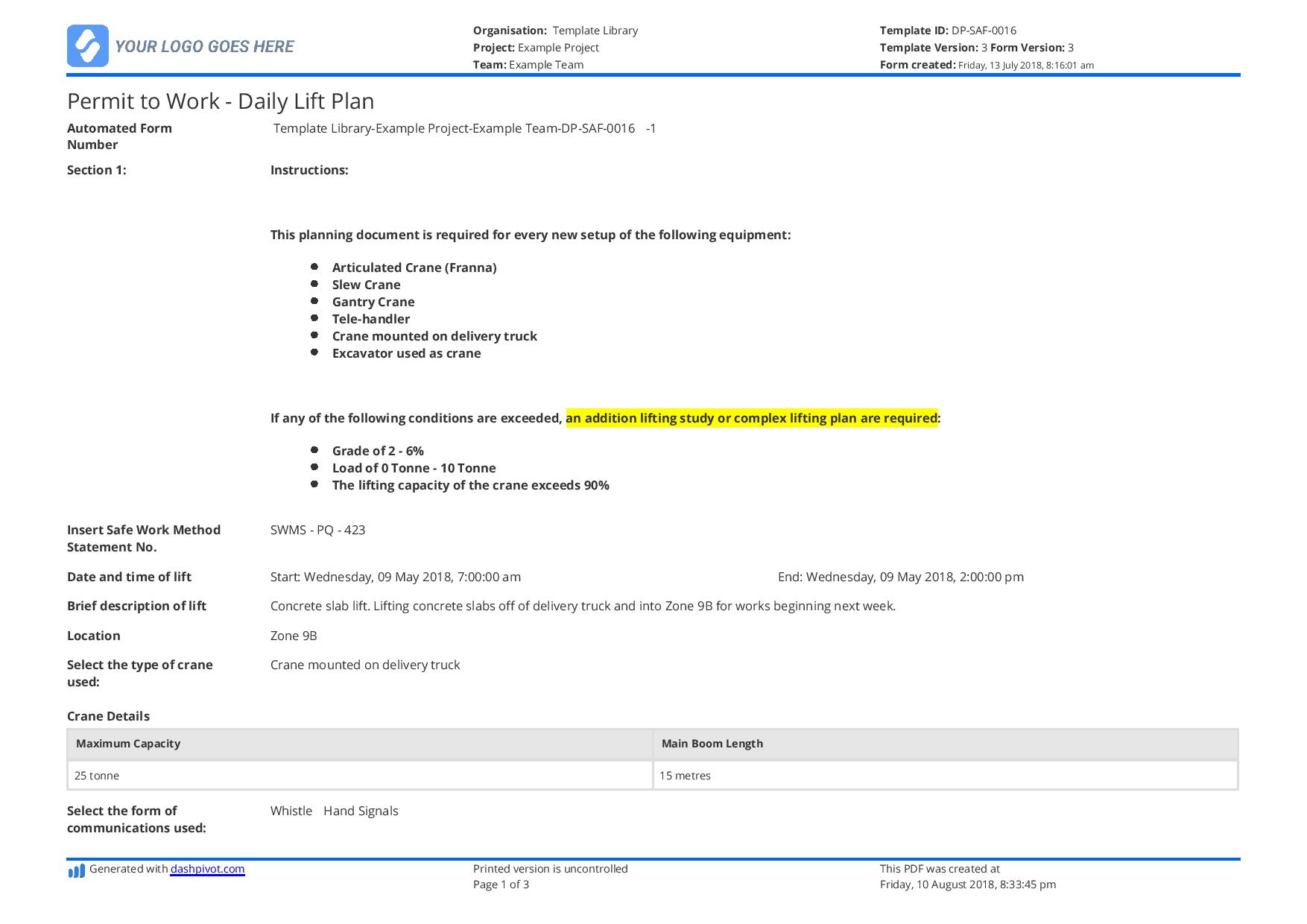
Automotive wreckers and tow trucks when used to clear wrecks and haul vehicles.This machinery is also excluded when used with chains, slings or other rigging to lift suspended loads. Power shovels, excavators, wheel loaders, backhoes, loader backhoes, track loaders.Such conversions/adaptations include, but are not limited to, power shovels, excavators and concrete pumps. Machinery listed above while it has been converted or adapted for a non-hoisting/lifting use.Tower cranes (such as a fixed jib, i.e., "hammerhead boom"), luffing boom and self-erecting).Service/mechanic trucks with a hoisting device.Industrial cranes (such as carry-deck cranes).Multi-purpose machines when configured to hoist and lower (by means of a winch or hook) and horizontally move a suspended load.Mobile cranes (such as wheel-mounted, rough-terrain, all-terrain, commercial truck-mounted, and boom truck cranes).Articulating cranes (such as knuckle-boom cranes).However, if it is being used strictly for maintenance or repairs, OSHA has exclusions for this type of work under 1926.1400(c).Įxamples of cranes that are covered by the CFR Subpart CC requirements include, but are not limited to: If the equipment is being used for construction, then it may be covered. Section 1926.1400(a) outlines the specific type of equipment covered. But the rules also apply to equipment maintenance workers, other employers on the jobsite, and companies that supply crane operators. Working within swing radius of counterweight: 3 percentĪny employer who uses power-operated equipment that can hoist, lower, and/or horizontally move a suspended load in construction work must comply with Subpart CC of OSHA's construction regulations.Accidents related to manlifts: 4 percent.The leading causes of crane-related fatalities are: OSHA estimates that 89 crane-related fatalities occur per year in construction work. Although this equipment is designed, tested, and manufactured for safe operation, the variable conditions and activities faced on a jobsite have the potential for causing catastrophic accidents if safe operating practices are not followed.Īccidents can be avoided by careful job planning, development and implementation of control measures, and training employees to recognize hazards and use the protective measures needed to work on or around cranes.


Our deep knowledge of federal and state agencies is built on a strong foundation of 70+ years of regulatory compliance experience.Ĭranes and Derricks: Plan for lifting operationsĬranes and derricks are necessary equipment on many jobsites. You can trust our expertise across subjects relating to labor, transportation, environmental, and worker safety.


 0 kommentar(er)
0 kommentar(er)
